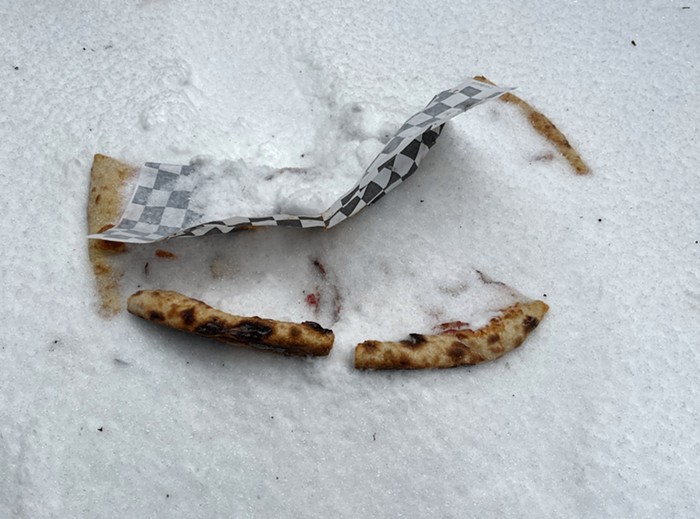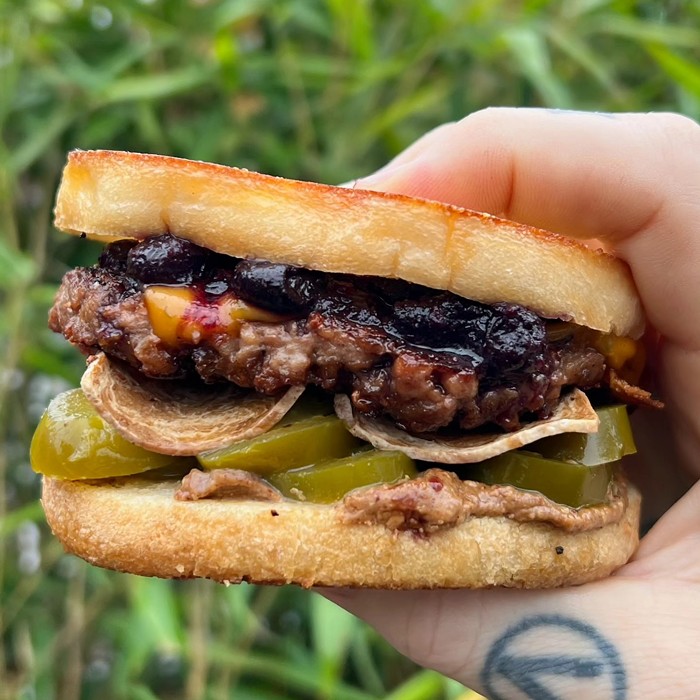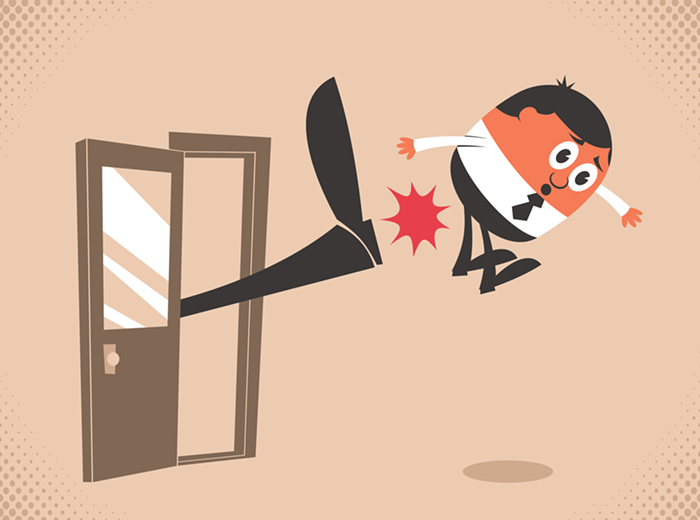Welcome back to the Waiting Game, my monthly column where I try to explain why restaurants implement policies that can confuse and irritate the dining public. Up this month: the dreaded and confounding automatic gratuity.
The auto-grat, as you probably already know, is a policy that restaurants adopt wherein they choose what you’ll tip your server by taking you out of the equation. On average, an auto-gratuity is applied only to parties of six or more, and is generally 18 percent. Many restaurants seem to be shedding this practice, but some still employ it, reasoning that it protects their servers, as well as the co-workers who are tipped out at the end of each shift.
Here’s an example of the auto-grat in action: Let’s say three couples decide to meet for dinner and drinks on a Saturday night. Everything goes swimmingly, and everyone’s happy with their food, drinks, and service. To simplify matters, let’s say each couple’s check comes to $100 for a $300 total for the entire table. With the auto-gratuity in place, that server stands to make at least $54 from the table. Not bad for an hour’s worth of work waiting just one table, right?
But let’s say the server hedges their bets, thinking that things went so well, they’ll choose not to activate the auto-gratuity. Two of the couples opt to pay in cash, leaving an 18 percent tip, and tossing $118 each on to the table. The other couple puts their credit card on the table and tells the server to put whatever’s left on their card.
The server does so, running the card for the remainder of the bill: $64.
I think you can see where this is going, because more often than you’d think, the couple that ordered $100 worth of food and drinks—but paid just $64—is going to tip on that $64. And if that couple leaves a 20 percent tip on top on that $64, the server will take home just $12 or $13. Not so good, right? Or at least not as good as the auto-grat-generated $54.
(And before you roll your eyes and say that servers are entitled and make too much money: Yes, because of tips, they can make far more than they would working a different kind of minimum wage job. But I’m glad that servers can make a livable wage in this town, and you should be, too. And at most places, $300 six-tops don’t happen very often, so slow your outraged roll. Also, you’re also sorta right about servers: Some can act very entitled. Nobody likes that.)
But back to the point: The couple in this scenario that left the $13 tip on a $300 check? They’re not bad people. They’re not greedy people. They were likely three cocktails deep, looked at their check when it was dropped and said to themselves, “Ah, what great service! I’m going to be generous and tip 20-plus percent!” without taking into account that the other two couples paid for their meals and drinks—and their tips—with cash.
It was an honest mistake. It could happen to anyone. And that’s exactly why restaurants put the policy in place. It has happened to anyone. It’s happened to a lot of anyones. It’s happened so often to so many servers that restaurants decided to implement the policy to remove human error out of the tipping process.
All that said, if you don’t think it’s fair when restaurants tell you they’re in charge of how much you tip, simply ask the manager not to deploy the auto-gratuity. Trust me, they’ll do as you ask. Once more, with feeling: It’s the manager’s job to make you happy enough to want to come back again and spend more of your money. It’s also doubtful that the server will even care.
The only time I ever regretted taking away the 18 percent auto-gratuity was when I waited on a 40-top for a big lunch party. They asked to remove the auto-gratuity and promised to take great care of me, and I said, “Sure.” My mistake? They were from Canada, which meant my 18 percent cut automatically plummeted to 10.
Now is it fair to blame a country that doesn’t force its restaurant guests to subsidize that restaurant’s employees’ wages? Should we join the modern world and get rid of tipping altogether?
Stay tuned for next month’s column, when I’ll weigh the pros and cons of tipping.


















